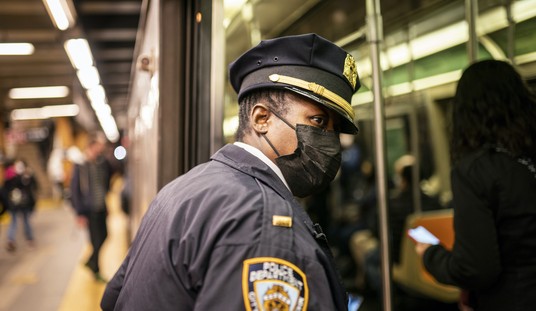The Islamic State has once again zeroed in on devastating wildfires in California in a section of their weekly al-Naba newsletter usually dedicated to news briefs collected from around ISIS territories.
Several Santa Ana wind-whipped fires have raced through Southern California from San Diego to Ventura counties over the past week. Four thousand firefighters are trying to gain control of the Thomas Fire, the largest blaze that has chewed through 173,000 acres since Dec. 4, destroyed more than 750 structures and is only 15 percent contained; new mandatory evacuations were ordered this morning for portions of eastern coastal Santa Barbara County. The cause of that blaze and others, including the Creek Fire east of Sylmar that is now 90 percent contained after destroying 60 homes, remains under investigation.
Authorities said a 70-year-old woman from Santa Paula died in a car crash while fleeing the Thomas Fire.
The ISIS article noted that “a rapid fire destroyed forests and hundreds of houses in and around Ventura in the state of California” and “the fire broke out in the evening at the foot of the hills near the city” before being “driven swiftly by the wind toward the northwest.”
ISIS noted blazes that were still out of control as well as California’s governor declaring a state of emergency to make available “funds and resources needed to assist more than 1,000 people.” They also included the woman’s death along the evacuation route.
ISIS, which has repeatedly encouraged followers to try arson as a terror tactic, did not take credit for starting any of the blazes.
This past January, ISIS’ Rumiyah magazine — which is published in multiple languages including English — stressed to would-be jihadists that “incendiary attacks have played a significant role in modern and guerrilla warfare, as well as in ‘lone wolf’ terrorism,” claiming a November fire at a furniture factory in Losino-Petrovsky, Russia, and highlighting scores of wildfires around Israel that month as incidents that “demonstrated the lethality of such an effortless operation.”
Suggested target locations for arson attacks, the magazine stated, “include houses and apartment buildings, forest areas adjacent to residential areas, factories that produce cars, furniture, clothing, flammable substances, etc., gas stations, hospitals, bars, dance clubs, night clubs, banks, car showrooms, schools, universities, as well as churches, Rafidi [Shiite] temples, and so forth. The options are vast, leaving no excuse for delay.”
Jihadists were advised to time their arson “preferably in the later part of night to the early hours of morning when people are generally asleep,” and instructions were offered on how to block off exits to inflict casualties. For wildfires, ISIS said to look for dry brush “as fire cannot endure in damp or wet environments.” Arsonists were encouraged to leave the mark of ISIS somewhere near the fire site with spray paint or black marker.
At the peak of the October wildfires around wine country in Northern California (no cause has yet been determined for the Sonoma County fires), ISIS included a report on the California wildfires in the news briefs section of al-Naba, noting the property damage estimates and death toll of blazes that were the “worst in the history” of the state.
“Strong winds hindered the efforts” in fighting the blazes, the terror group noted in the newsletter distributed within ISIS territory and online as a PDF, while citing California Department of Forestry and Fire Protection as saying some bodies had been burned beyond recognition and would be difficult to identify. “Thousands of people became homeless,” ISIS said, adding stats from earlier in the week on “the most destructive fire in the history of the state.”
While highlighting the ferocity of the fires to their followers, ISIS did not take credit for any of the blazes.









Join the conversation as a VIP Member